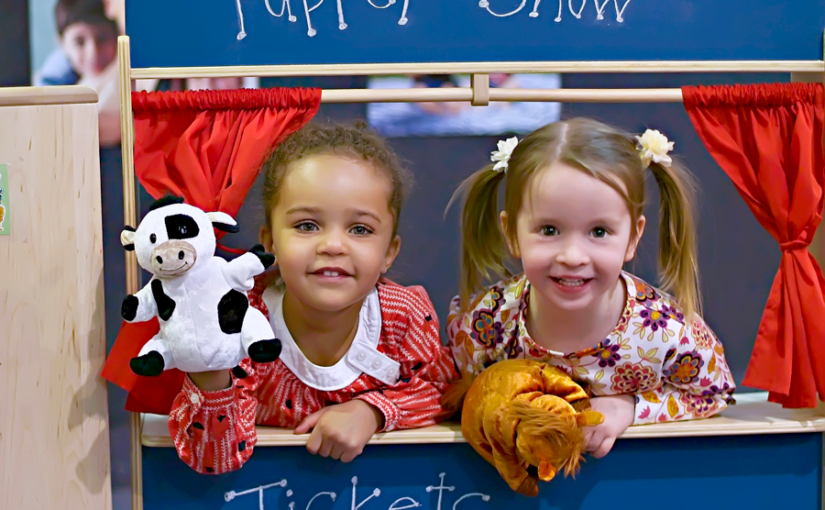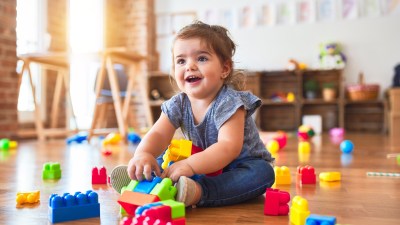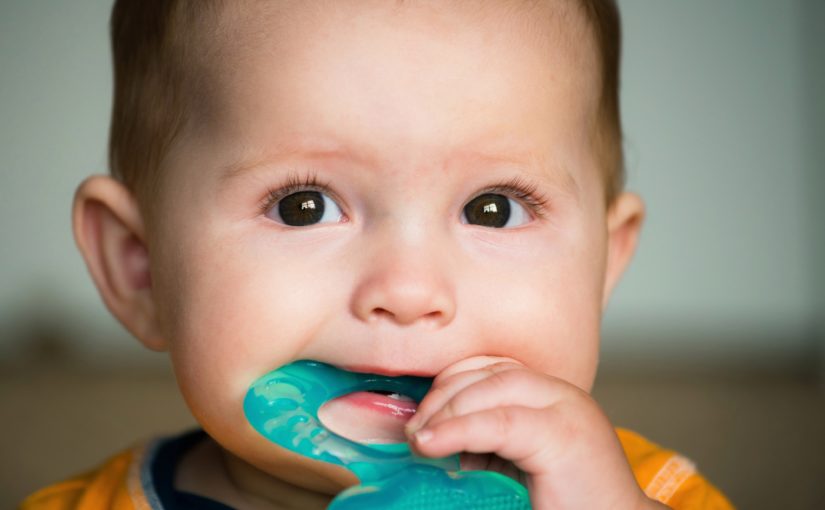If you are a parent/caregiver of a toddler, you already know the majority of your day is spent teaching them there are limits to set for their curious minds! Often the word “no” occurs more than we would like sometimes. When your child begins to use it, it can be overwhelming to teach them whin it is o.k. to use it and when it’s not. Sometimes, children say “no” when they actually mean “yes”. Not only is the word an easier sound combination for some children, but Although hearing “no” from your toddler all day long can be difficult, it is important to remember “no” is an essential word! We have to use it to answer questions and to make choices/decisions all the time. There are many ways to help your child learn to answer “yes” or “no” accurately. For children who are experiencing difficulty expressing themselves, it can be one of the most helpful ways for them to communicate with others. The following are examples to help your child learn to respond “yes” or “no” accurately:
“YES”
Adult: Do you want cheerios or crackers?
Child: Gestures toward cheerios(with or without verbalizing
Adult: You want cheerios?*
Child: Imitates nodding head and makes attempt to imitate the word
*Hold the cheerios up to your face while nodding “yes” before giving them the cheerios while modeling “yes”*
“NO”
Adult: I found your boat!(Playing in the bathtub) Does it go up in the sky?
Child: Giggles or gets frustrated
Adult: No, that’s silly!(Try it in a silly voice while shaking your head)
Child: Laughs and imitate “no”
*Plop it in the water to play*
These strategies can work in almost every routine and activity we engage in with our children! If you have any questions, feel free to message me!
*Important to remember: Give your child time to respond to questions depending on their level of frustration in the moment. Typically it is recommended 3-5 seconds of wait time.*



